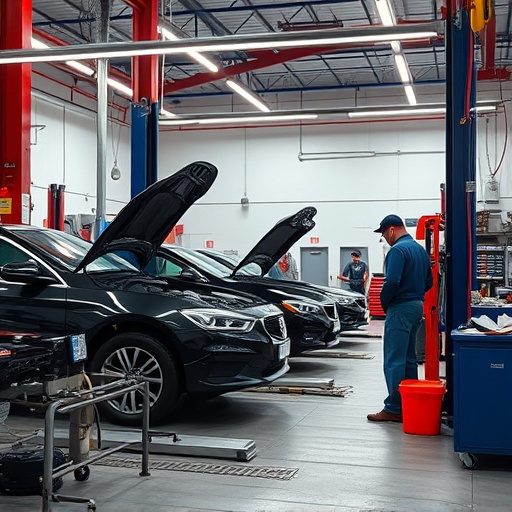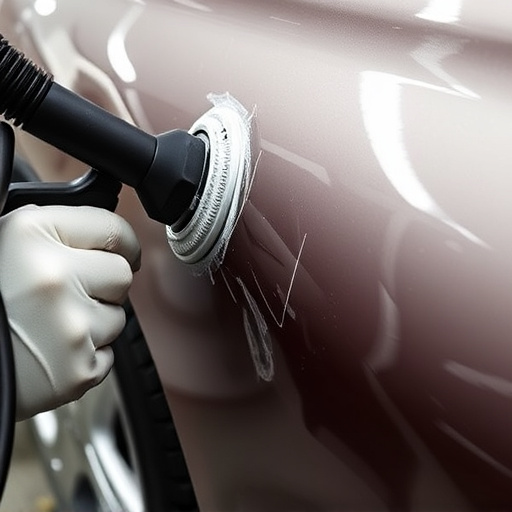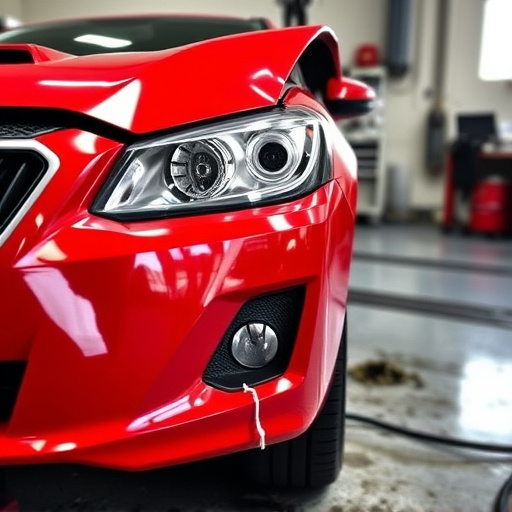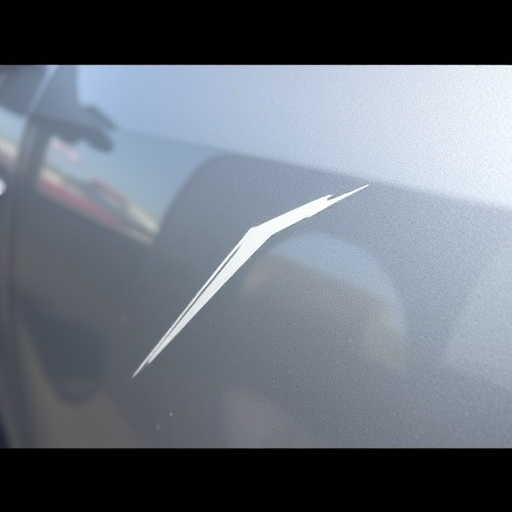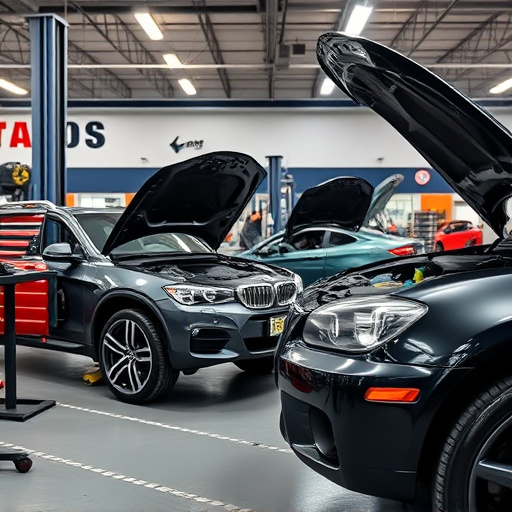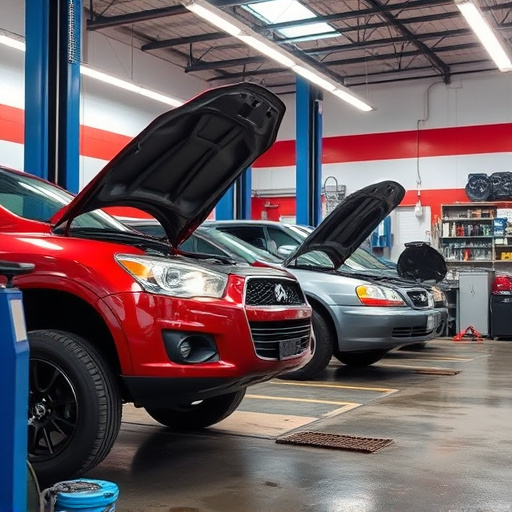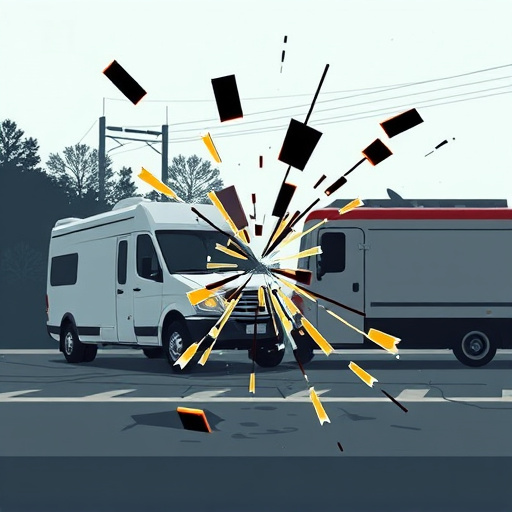Understanding AC system fundamentals is crucial for diagnosing cooling problems after a collision. This modern vehicle essential includes key components like compressor, condenser, evaporator, and expansion valve. Collision repair services addressing AC issues alongside tire and painting provide comprehensive solutions, restoring comfort and safety. Post-collision accidents may cause unusual noises, decreased cooling or complete failure; leaks indicate damaged components. Accurate diagnosis requires specialized tools and expertise from qualified technicians for safe AC system collision repair. Advanced techniques streamline the process, enabling detection of subtle performance anomalies.
Diagnosing post-collision AC system cooling problems is crucial in ensuring optimal vehicle performance and passenger comfort. This article equips collision repair professionals with essential knowledge to navigate through complex AC systems, focusing on understanding basic components and common signs of distress. By mastering advanced troubleshooting techniques, technicians can effectively identify and resolve issues, enhancing the overall efficiency of post-collision AC system repairs. Key terms like ‘AC system’ and ‘collision repair’ are integrated naturally for SEO optimization.
- Understanding AC System Basics for Effective Diagnosis
- Common Signs of Post-Collision Cooling Issues
- Advanced Troubleshooting Techniques for Collision Repair
Understanding AC System Basics for Effective Diagnosis

Understanding the fundamentals of an AC (air conditioning) system is key to effectively diagnosing cooling problems after a collision. The AC system, often integral to modern vehicles, plays a vital role in maintaining comfortable cabin temperatures and ensuring passenger safety. It involves several components working in harmony: the compressor, condenser, evaporator, and expansion valve, all connected by a series of pipes carrying refrigerant. A collision can disrupt this intricate balance, leading to performance issues.
For accurate diagnosis, technicians must consider the interconnection between these parts, especially after a crash. For instance, damage to the compressor or its associated components could impact refrigerant flow, resulting in inadequate cooling. Similarly, a compromised condenser or blocked evaporator coils may hinder efficient heat exchange. By understanding these relationships, collision repair services can provide comprehensive solutions, addressing not just tire services and auto painting but also the intricate AC system, ensuring the vehicle’s comfort and safety are restored.
Common Signs of Post-Collision Cooling Issues

When a vehicle undergoes a collision, even if it appears relatively minor, there’s a chance that the AC system could be affected. Common signs of post-collision cooling issues include an unusual noise coming from the AC vents, a decrease in cooling performance, or a complete failure to cool the cabin. Leaks in the AC system are another telltale sign, often visible as a hissing sound or condensed liquid pooling around the vehicle. These problems can stem from various causes, such as damaged components during the accident, like a bent condenser or a broken compressor, or leaks that compromise the refrigerant levels.
Proper diagnosis requires expertise and specialized tools. If you suspect AC system collision repair after a dent repair or car paint services, it’s crucial to have your vehicle inspected by a qualified technician. They’ll use diagnostic equipment to check for air leaks, measure refrigerant pressure, and inspect all components for damage. This meticulous process ensures that any issue is accurately identified and addressed, ensuring the efficiency and safety of your AC system post-collision repair.
Advanced Troubleshooting Techniques for Collision Repair
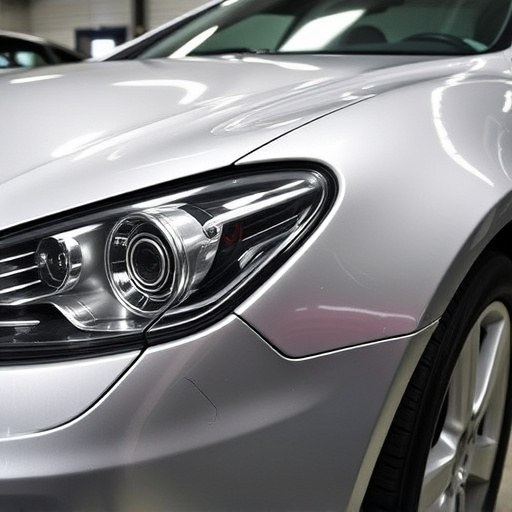
In the realm of collision repair, effectively diagnosing and troubleshooting AC system cooling problems post-accident is a complex yet critical task. Advanced techniques have emerged to streamline this process, ensuring optimal vehicle restoration. One such method involves utilizing advanced scanning tools that can detect subtle anomalies in the AC system’s performance, even after paintless dent repair processes. These tools provide detailed data on refrigerant levels, compressor functionality, and potential leaks, enabling technicians to pinpoint issues with precision.
Moreover, integrating digital diagnostics with traditional hands-on inspection has proven effective. Technicians employ visual checks, pressure tests, and infrared scanning to uncover problems that might be invisible to the naked eye. This comprehensive approach, combining state-of-the-art tools and expert knowledge, facilitates efficient troubleshooting, ensuring that collision repair services deliver not just functional but also reliable AC systems, enhancing customer satisfaction in vehicle restoration.
When diagnosing and addressing post-collision AC system cooling problems, understanding the fundamentals of your vehicle’s air conditioning system is key. By recognizing common signs like reduced cooling performance or unusual noises, collision repair technicians can efficiently employ advanced troubleshooting techniques to fix issues swiftly. Optimizing AC system collision repair not only enhances passenger comfort but also ensures the vehicle’s overall efficiency and longevity.




